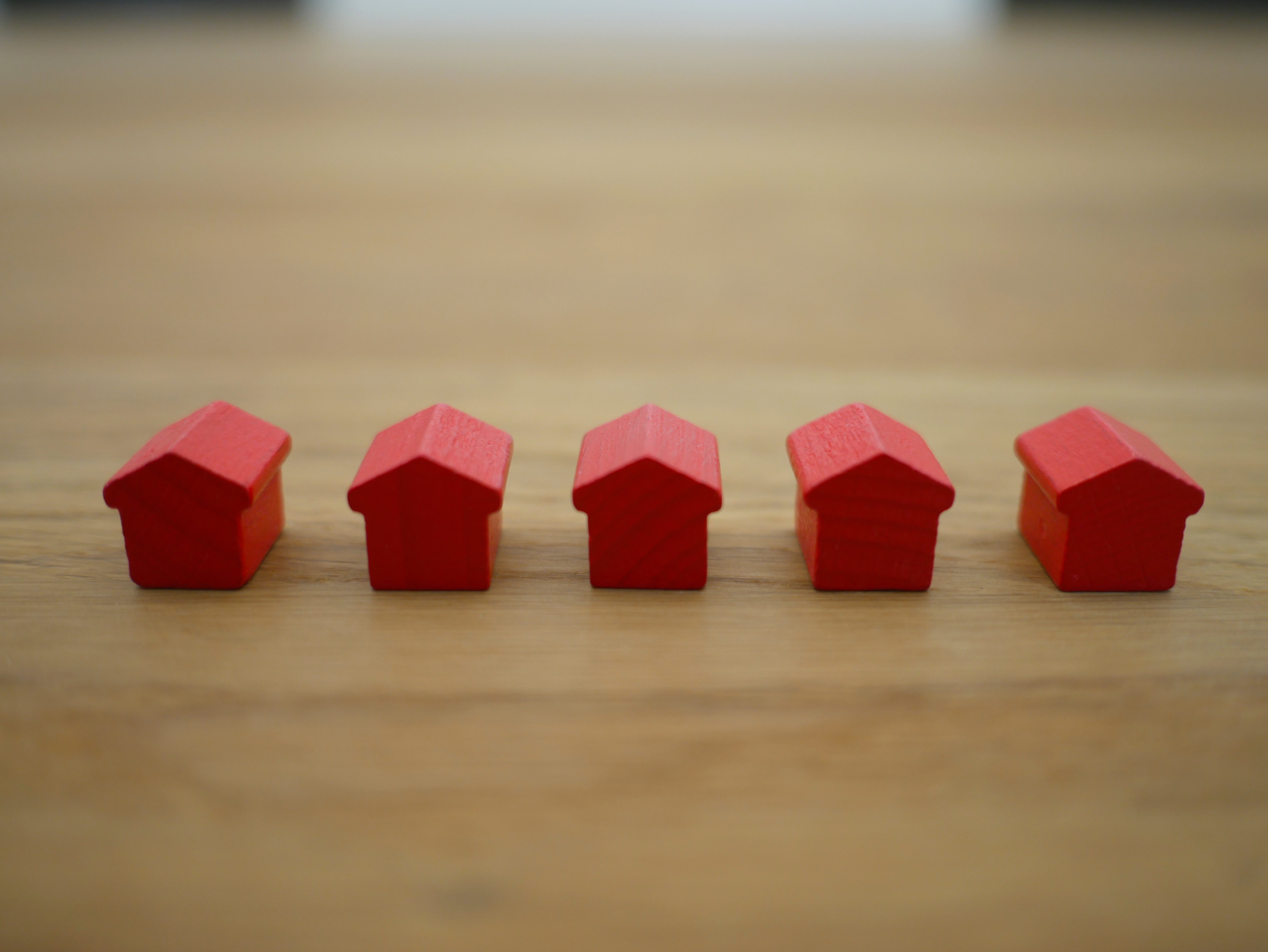As a major epicenter for outbreaks, New York experienced some of the worst effects of the Covid-19 pandemic. Many residents sought refuge in the suburbs or at their vacation homes away from the locked-down city. The economic center of the country lost out on billions of dollars in income and foreshadowed a downturning real estate market.
What we’ve seen, however, is a city relentless in its comeback. Restaurants, bars, and live music have returned, and even Broadway has made its post-pandemic debut. As the high-energy lifestyles that the city is loved and known for makes its way back, so do the renters. Landlords that offered move-in deals during the pandemic quickly realized that these incentives were no longer necessary as demand increased.
Hurricane Ida: A bump in the road to recovery
Just as New Yorkers began easing back into normalcy, Hurricane Ida delivered a devastating blow. At least 11 people were killed as a result of the flooding, alongside billions of dollars of damage.
The deadly storm shed light on a pervasive problem plaguing the poorest of New York: basement apartments not up to code. Common among lower-income residents such as undocumented immigrants, basement apartments are a dangerous and often illegal alternative to traditional housing.
Despite the economic devastation and deaths caused by inadequate housing, real estate prices continue to creep upwards.
Decreasing housing affordability in NYC
In 2020, prospective homebuyers across the country were perplexed by the difficulty they faced in their search. How are so many people looking to buy in the middle of a pandemic? Mainly, this phenomenon can be attributed to historically low-interest rates and buyers looking to be more comfortable as they spend more time at home.
Before, the high price tags for homes were offset by low-interest rates. Now, interest rates are rising, but so are housing prices. In New York County, single-family homes saw a 9.9% increase, while the median sales price of single-family homes and condos in all five boroughs were up in June compared to a year ago. Low inventory persists, and buyers can expect to keep paying more.
Renters face tougher conditions
Gone are the days of discounted rent, free parking, and better amenities. NYC landlords know residents are back and are looking for housing. New lease signings were up 64.3% in August as compared to the year before, and vacancy rates are down to 3.23%, from 5.1%, according to real estate authority Douglas Elliman.
The stats are clear; renters are back in significant numbers. Those who didn’t snag one of the rental deals during the pandemic have come back to a city full of renewed hope, economic recovery, and higher rent. ApartmentList’s data on rental prices show the median rent on a one-bedroom apartment in Brooklyn jumped from $1,782 in August 2020 to $1,977 in August of 2021. In Manhattan, renters are experiencing rental prices that have climbed 14.10% year-over-year.
New Yorkers are moving on
Residents that stuck it out through months of lockdown, economic devastation, and panic are among the core population of NYC that are probably in it for the long haul.
Despite their loyalty to the city, many are viewing their lifestyles through a different lens. Memories of lockdown mandates are prompting people to opt for more spacious apartments with suitable amenities.
New Yorkers are moving on from the hardships of the pandemic, and they’re carrying along with them the burden of decreasing housing affordability.
Schedule a call with me here if you have any interest in obtaining a complimentary valuation for your home or buyer consultation.
Connect with me on Linkedin or Instagram for more information on the townhouse and multifamily market.
Authored by: Stanley Montfort
To see townhouse inventory, click here.




